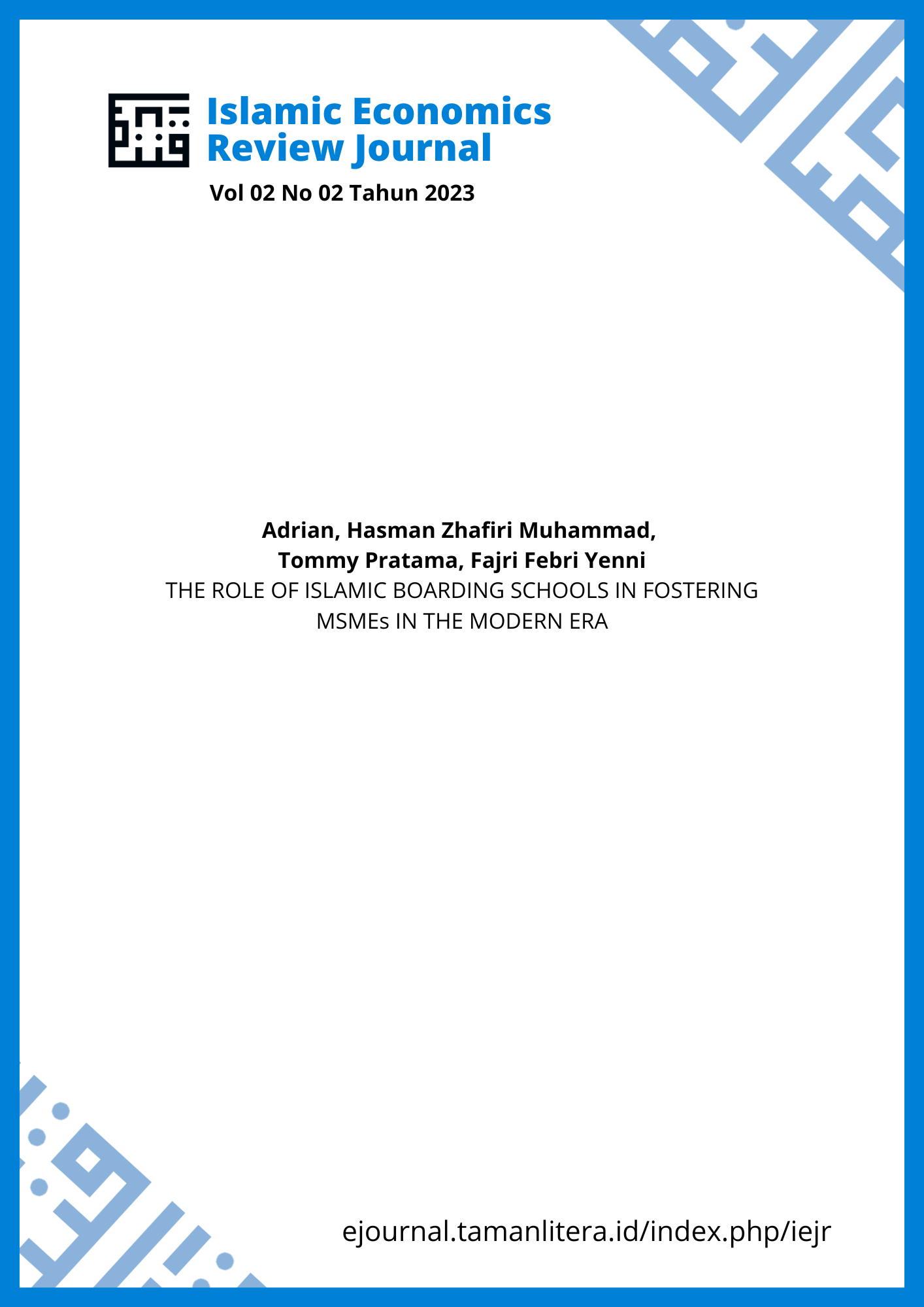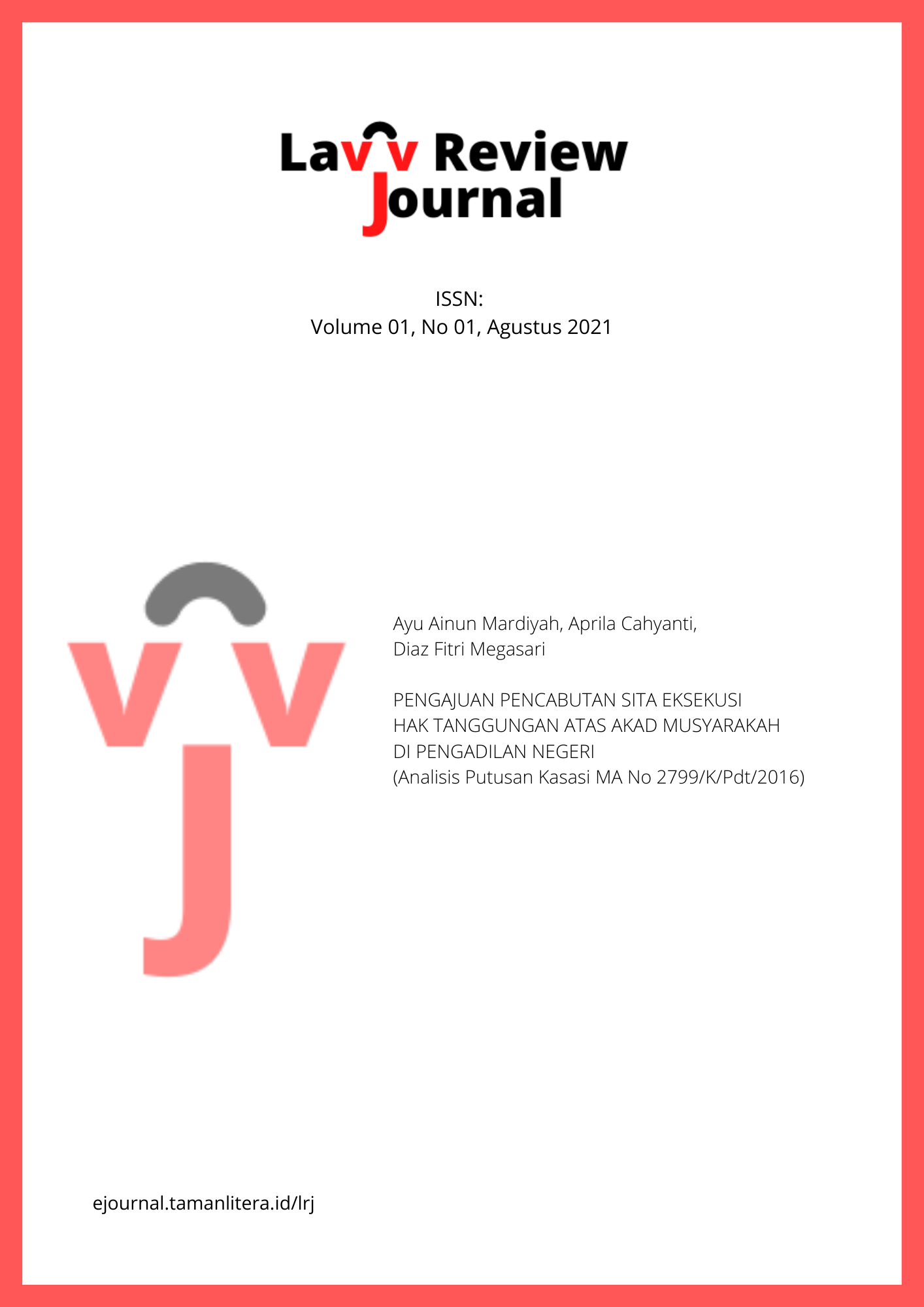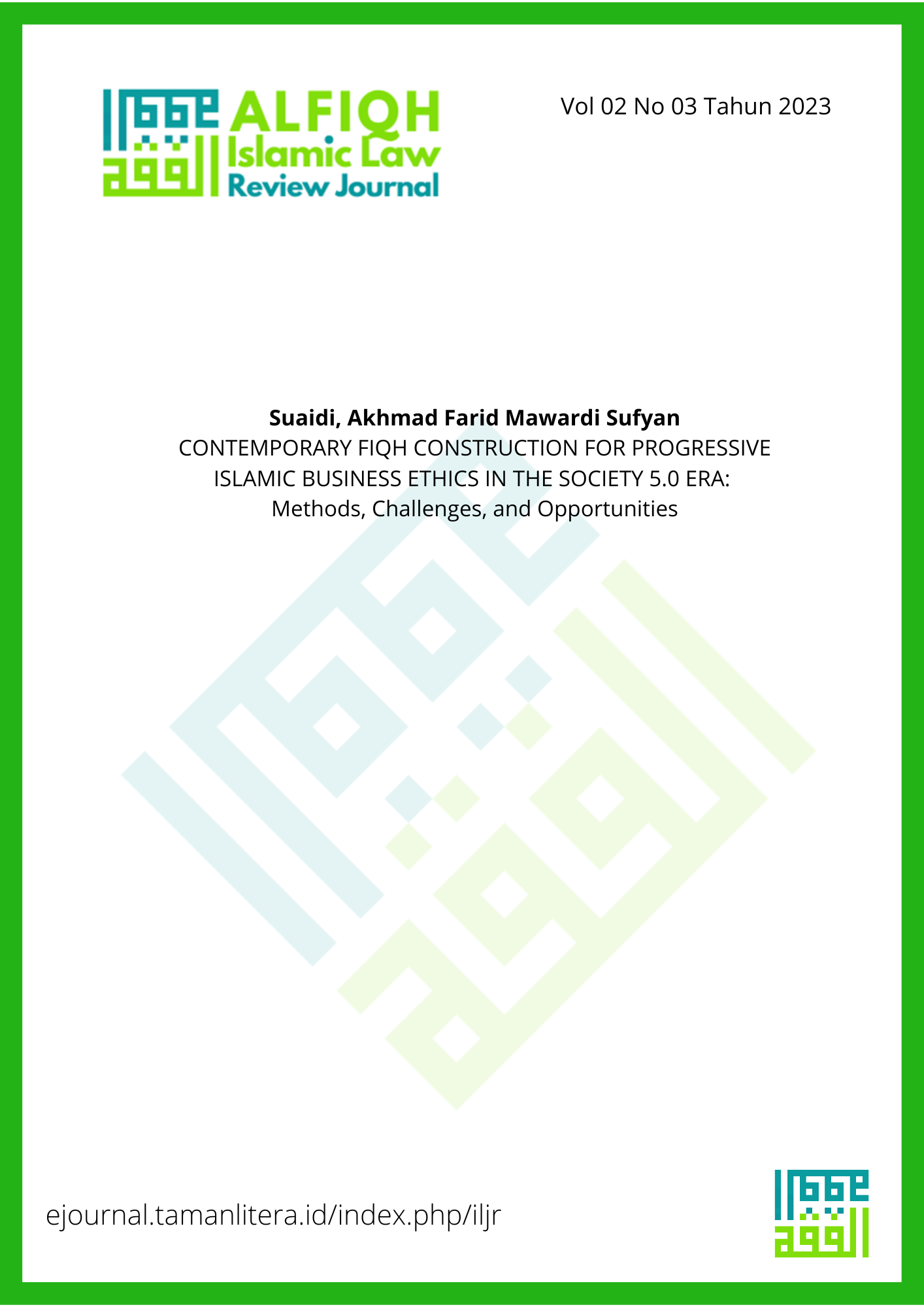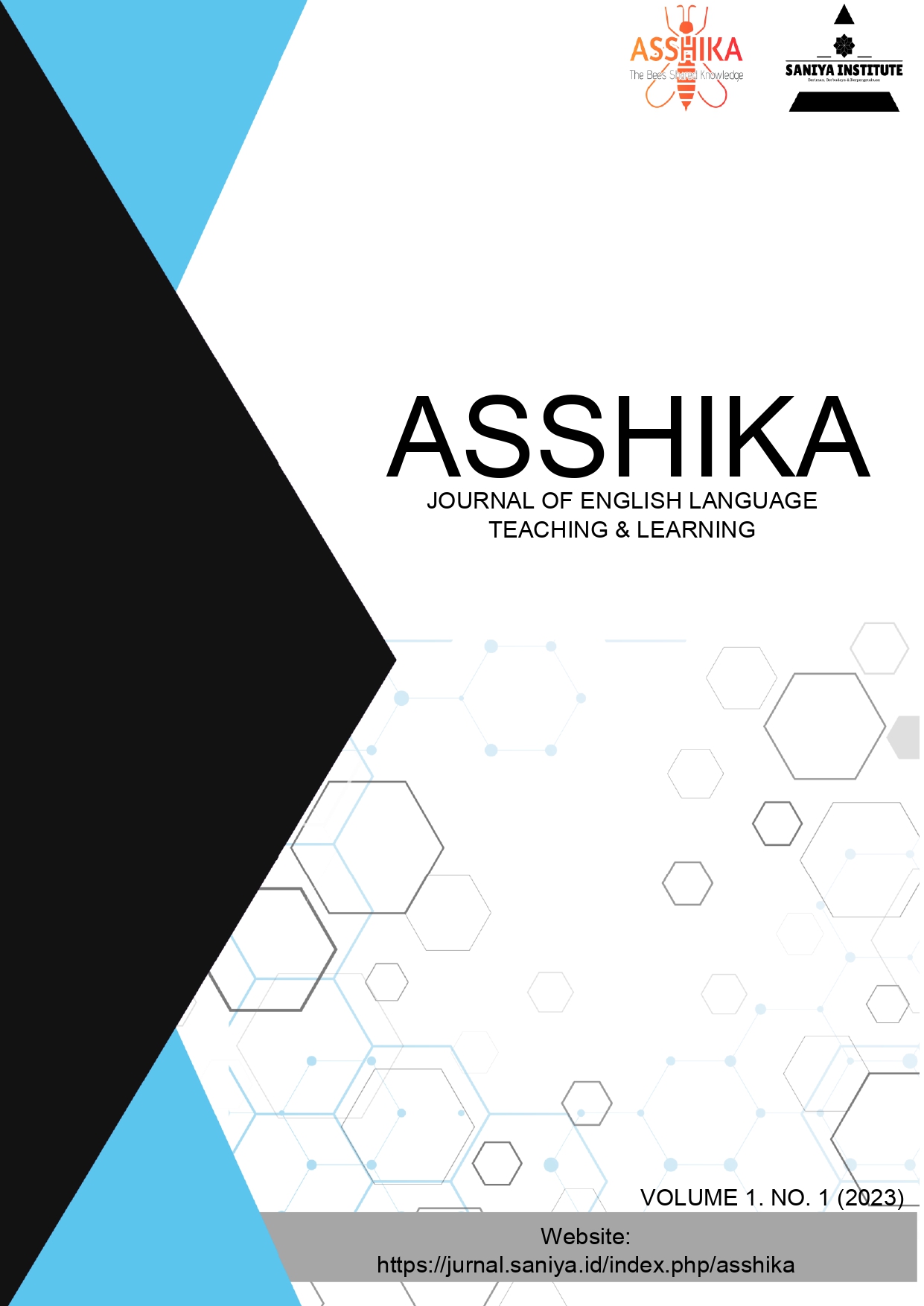INSTRUCTIONS FOR TRANSLITERATION OF LITERATURE
Transliteration is the exact transfer of characters from one writing to characters of another writing, in which each character (or sequence of characters) of one writing system is transmitted by the corresponding character (or sequence of characters) of another writing system.
The obligatory English version of the references (References) is placed in the article immediately after the list of Russian-language (source) links and is prepared by the author of the article from Russian-language links, regardless of whether or not there are foreign sources in it, taking into account the recommendations below:
The translation of the Russian-language bibliographic reference into English consists of the following parts, separated by dots:
· Transliteration of the list of authors;
· Transliteration of the title of the article and translation of the title of the article into English in square brackets;
· Transliteration of the name of the journal (scientific conference) and translation of the name of the journal (scientific conference) in square brackets;
· Output with designations in English.
When translating a Russian-language source (book, monograph, electronic resource, etc.), transliteration of the names and initials of the authors, transliteration and square brackets of the source’s name, year and place of publication, number of pages are given. The place of publication should be given in English (Moscow, SaintPetersburg, etc.). The title of the publication is in italics, separated by a dot. If a Russian-language article in the journal is indicated, then the title of the article is not given. It is necessary to indicate the official English version of the name of the journal (translation or transliteration, usually indicated on the website of the journal), if not, the usual transliteration. It also indicates the year of publication, issue number, page of the article. The title of the publication is in italics, separated by a dot. For the journal number, the designation no. Is used, for the description of books (monographs, textbooks, etc.), it is indicated how many pages are in total (235 p.), Articles are a range of pages or one page (pp. 220-222). It is necessary to include all authors in the description of the article, without reducing them to three, four, etc.
Examples of processing a translation of a list of references
• link to the monograph
Eremin I.I. Feyer methods for linear and convex optimization problems[Fejer Methods for Problems of Convex and Linear Optimization]. Chelyabinsk, Publishing of the South Ural State University, 2009.200P.
• link to an article in a scientific journal (there is an English version of the journal)
Sokolinsky L.B. Organization of Parallel Query Processing in Multiprocessor Database Machines with Hierarchical Architecture // Programming and Computer Software. 2001. Vol. 27, No. 6. P. 297-308.
• link to an article in a scientific journal (there is no English version of the journal)
Pan C.S., Zymbler M.L. Development of a parallel DBMS based on the subsequent open source PostgreSQL DBMS [Development of a Parallel Database Management System on the Basis of Open-Source PostgreSQL DBMS]. Bulletin of the South Ural state University. Series " mathematical modeling and programming" [Bulletin of South Ural State University. Series: Mathematical Modeling, Programming & Computer Software]. 2012.No. 18 (277). Vol. 12. P. 112–120.
• link to an article in the proceedings of the conference
Lukashenko S. Yu. Modification of the PARAREAL algorithm for solving fractional Porik differential equations[Modification of PARAREAL Algorithm for Solving Differential Equations of Fractional Order]. Parallel computing technologies (Pavt U 2010): international scientific conference of labor (Ufa, March 29-2 April 2010) [Parallel Computational Technologies (PCT'2010): Proceedings of the International Scientific Conference (Ufa, Russia, March, 29 - April 2, 2010)]. Chelyabinsk, Publishing of the South




